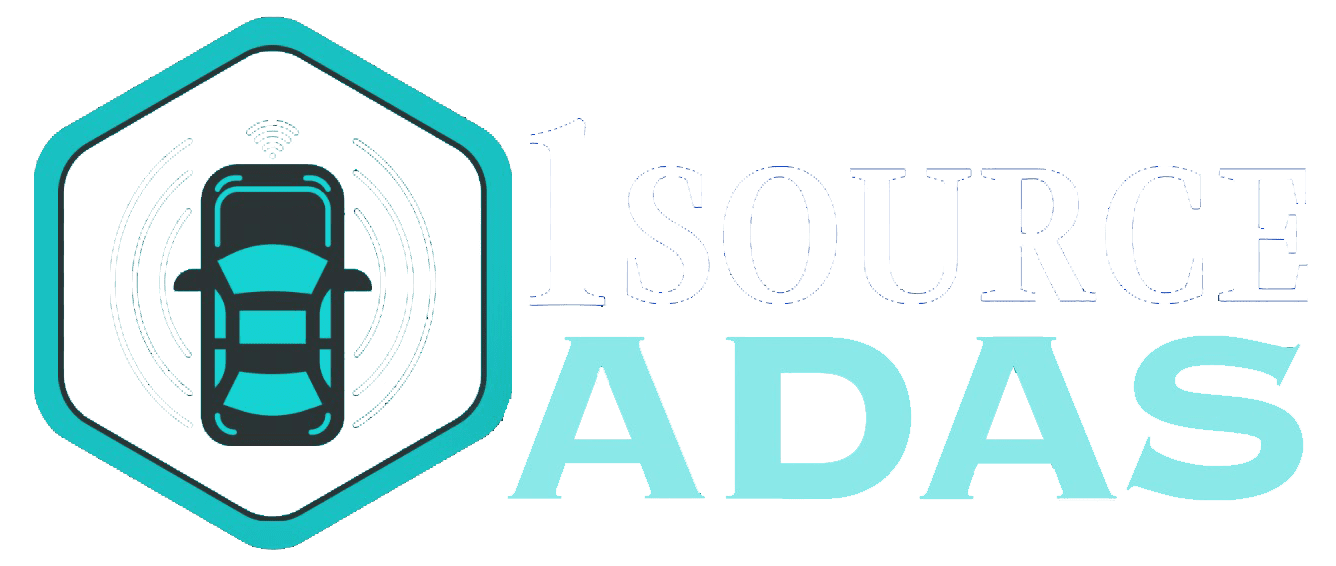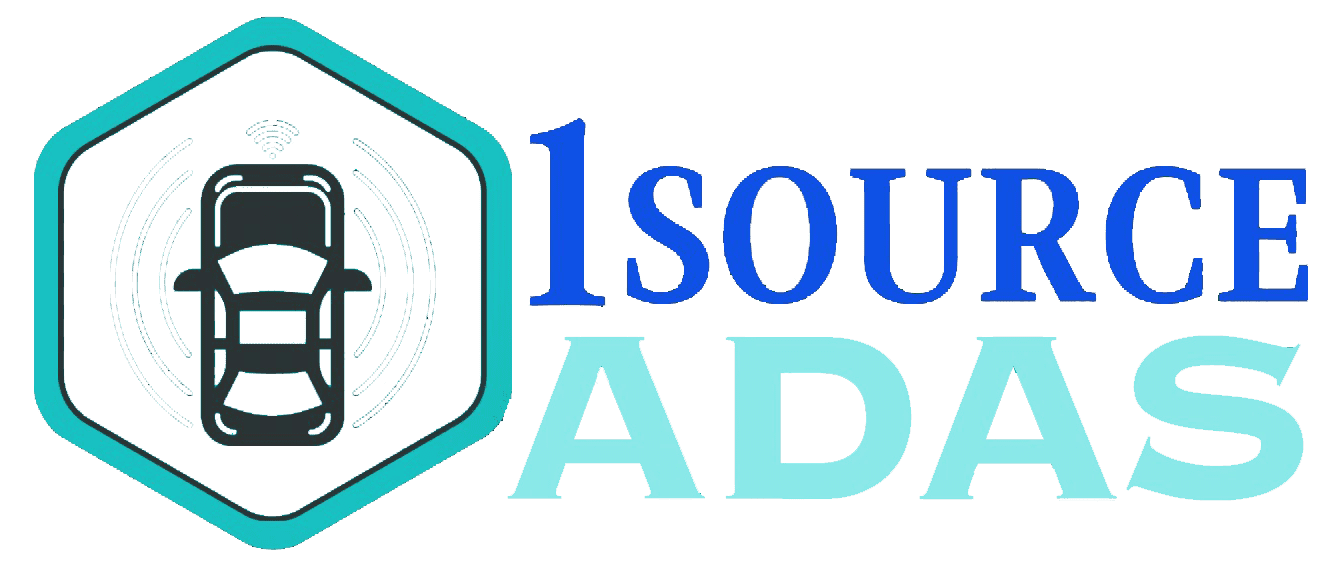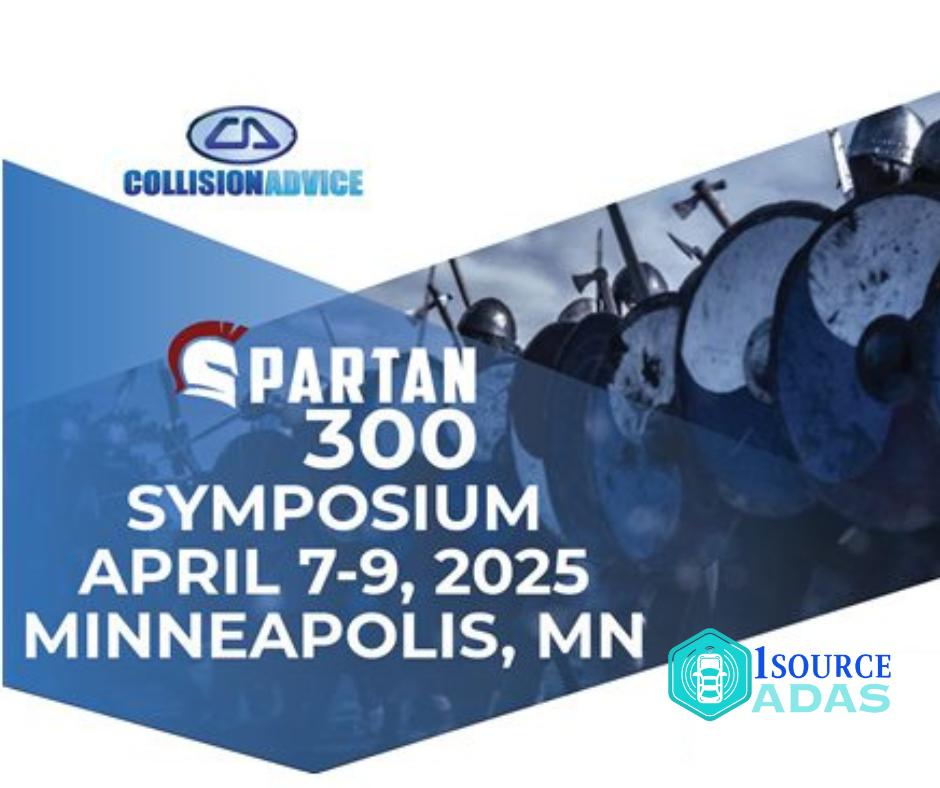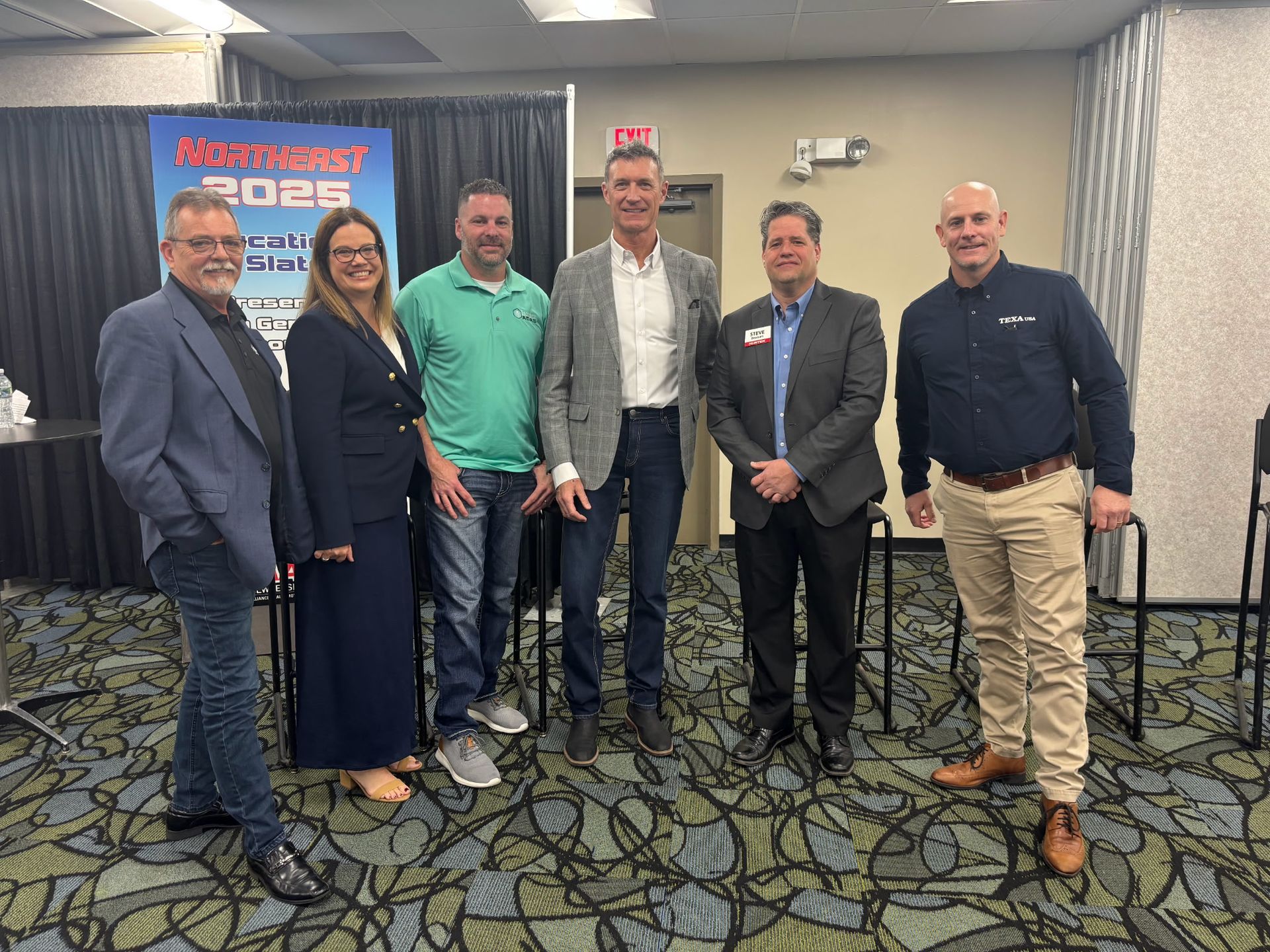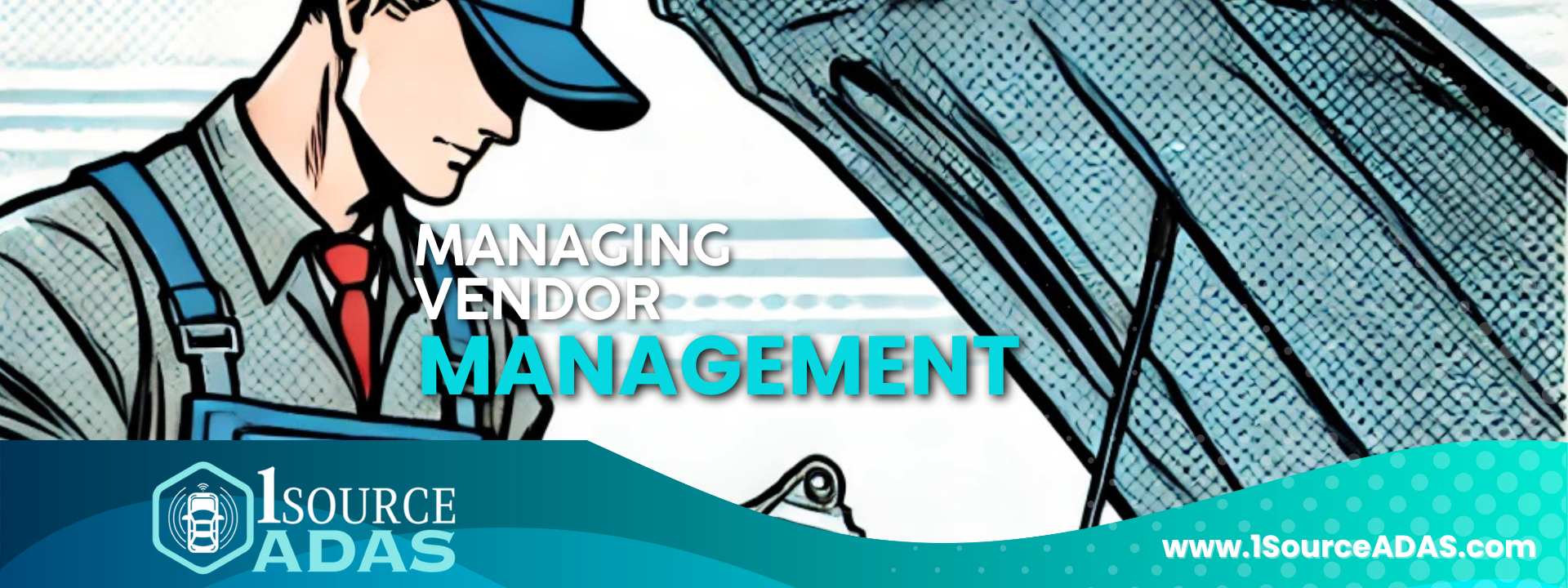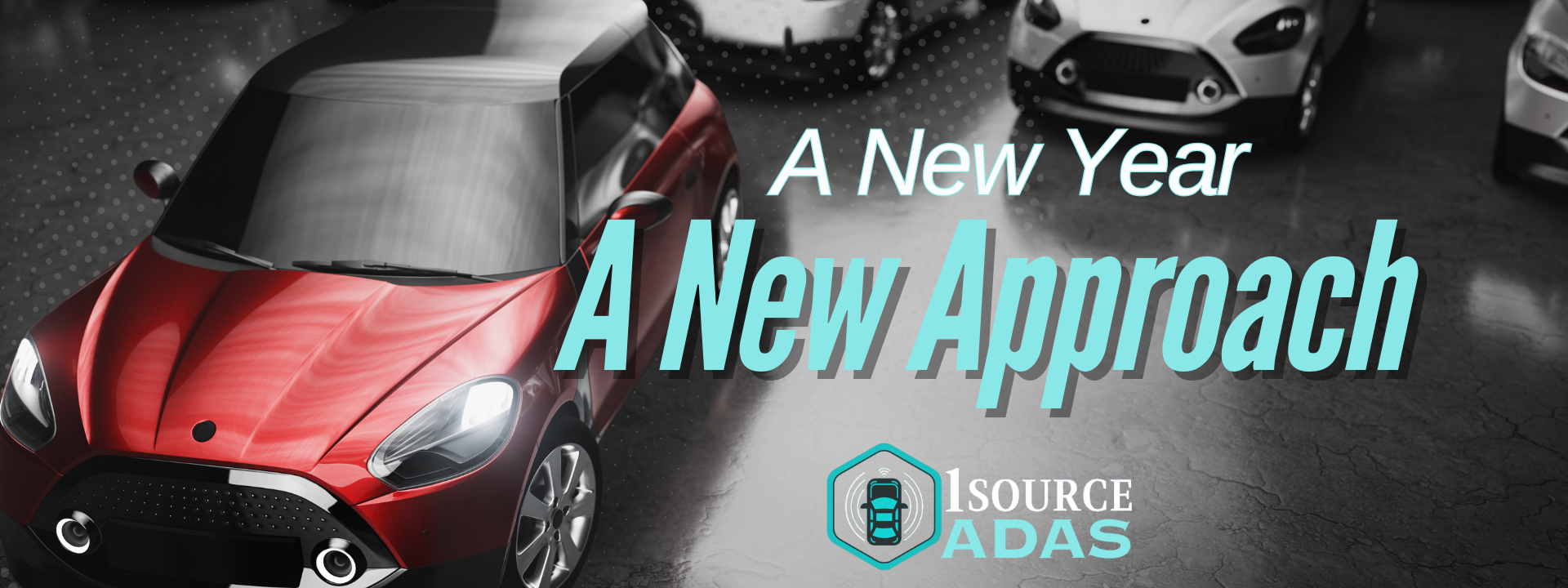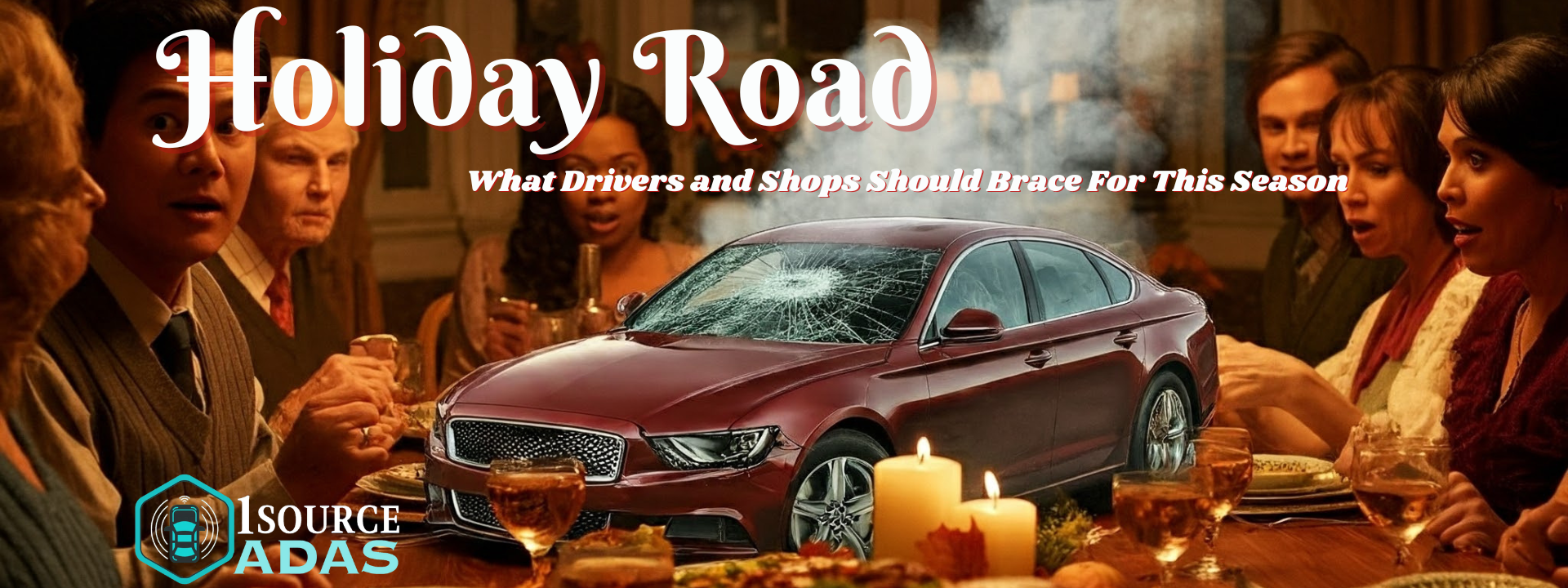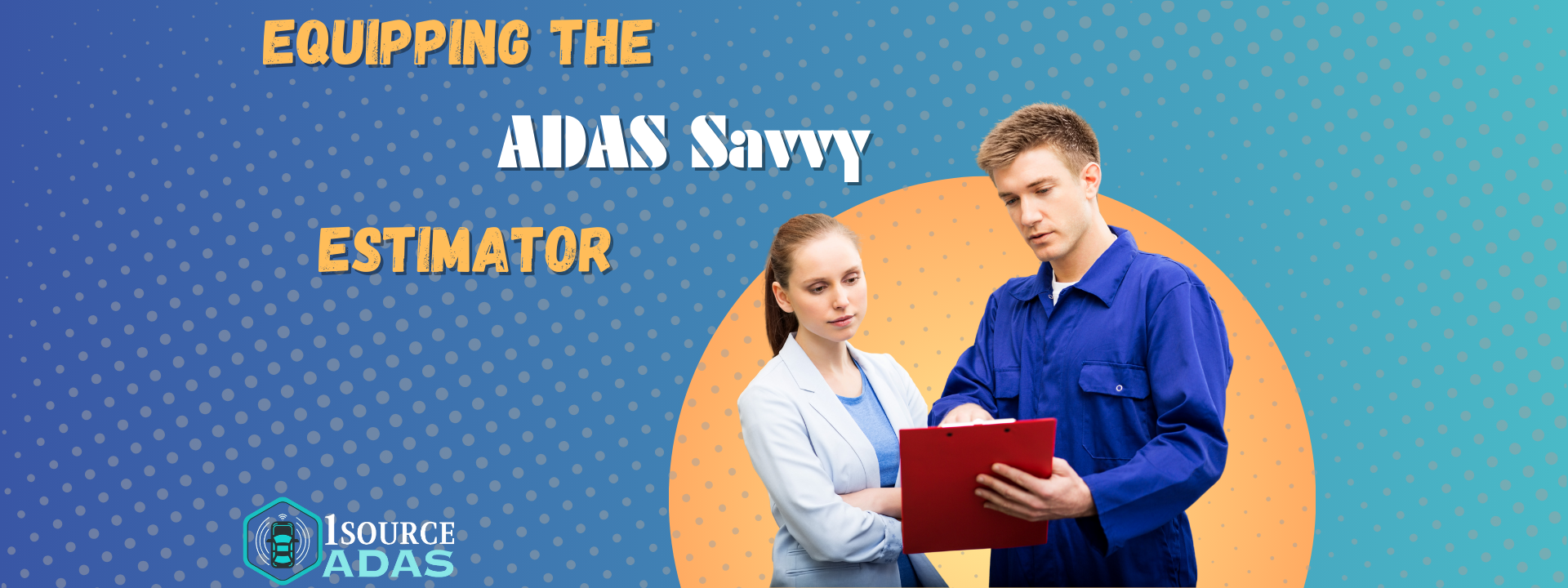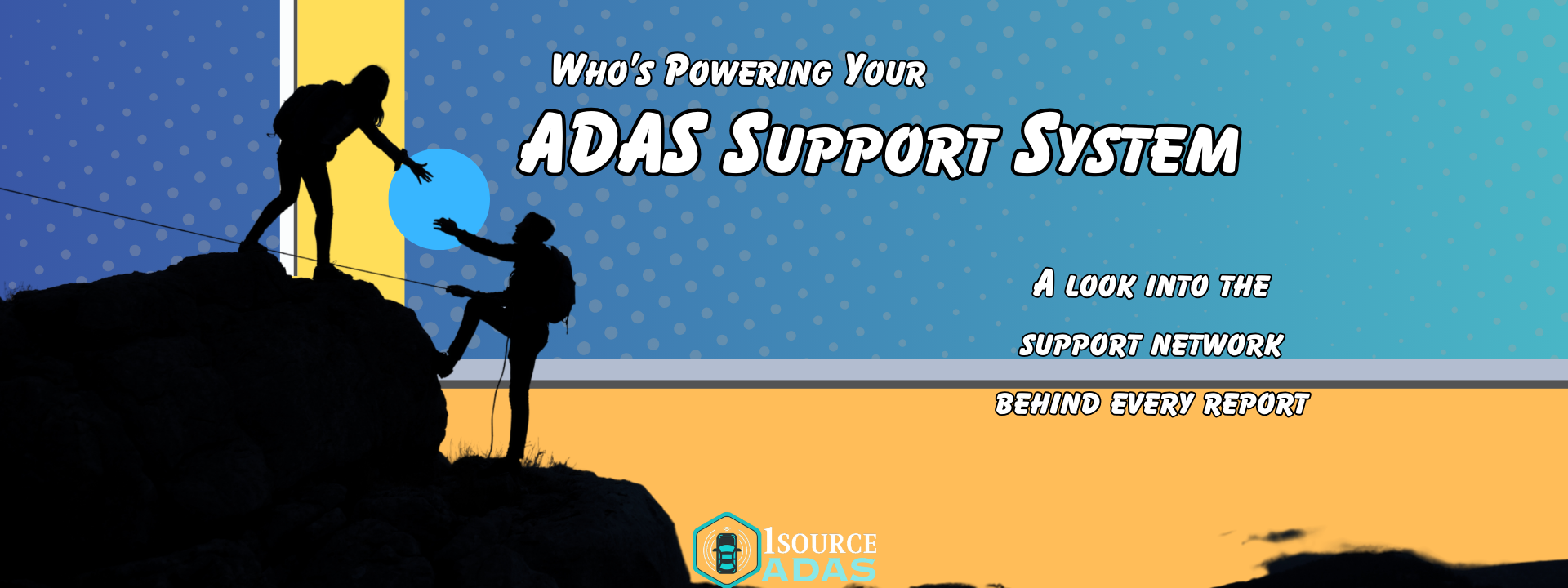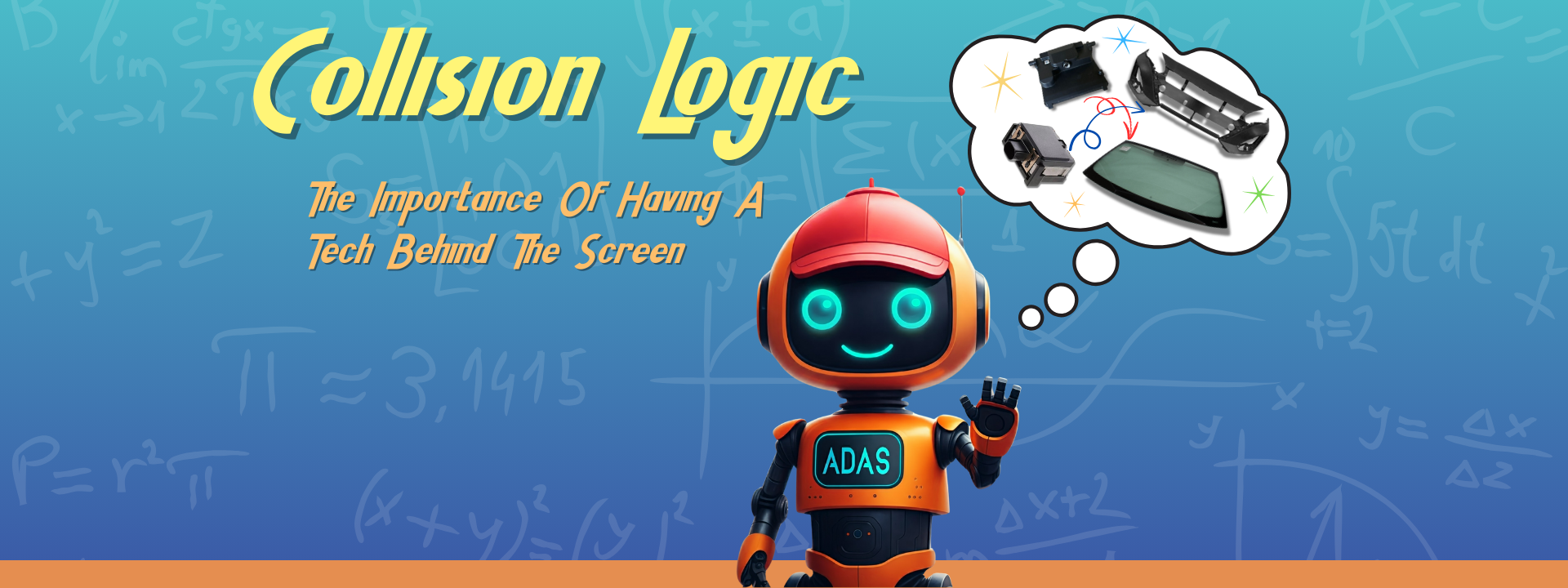Contact@1sourceADAS.com
Not all calibrations are created equal. Treating them so is dangerous.
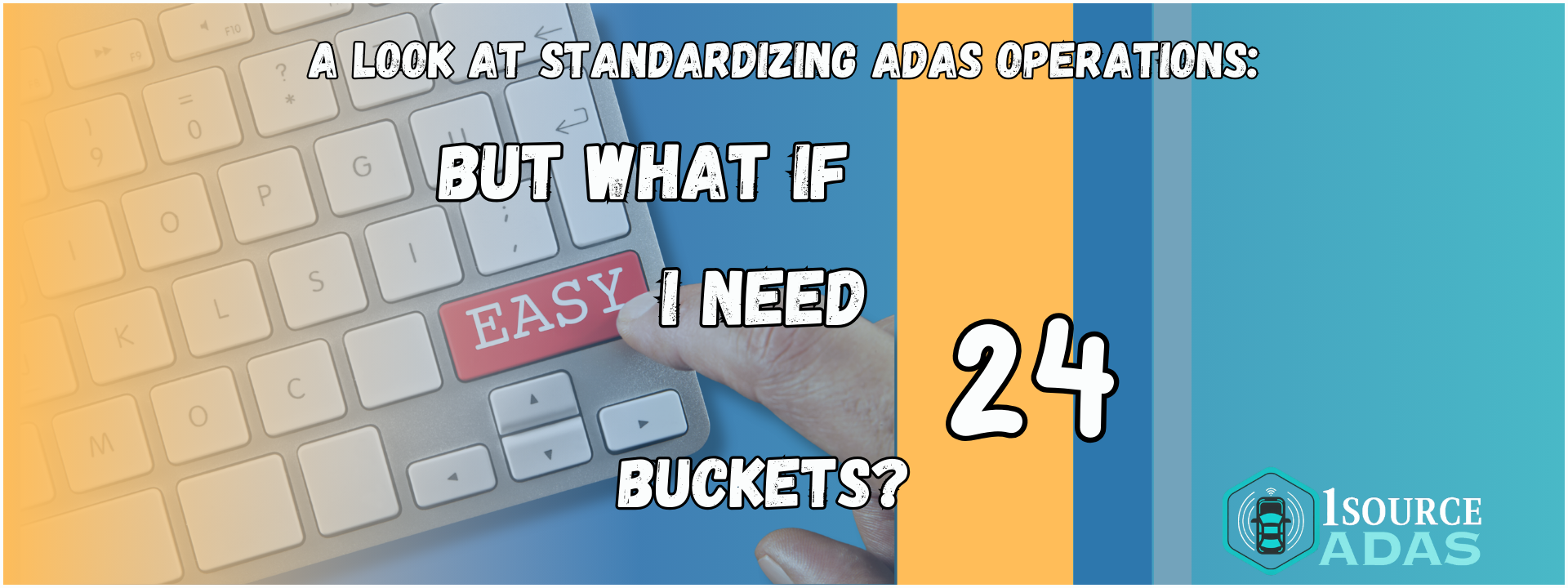
The automotive landscape is rapidly changing, and Advanced Driver Assistance Systems (ADAS) are at the heart of this transformation. As these technologies become increasingly prevalent, the collision repair industry grapples with the complexities of ensuring proper and safe repairs. However, recent developments in the insurance sector, particularly the push for standardized ADAS procedures through CCC’s "23 buckets" system, have raised significant concerns among repairers and ADAS Service Providers.
At first glance, these buckets seem like a simple and intuitive way to address putting calibrations on the estimate. If you are unfamiliar with how it works, there is now a ‘Vehicle Diagnostics’ section in the CCC estimating system. In that section, 23 common operations can be selected in the same way one might select a bumper. Once selected, the estimate is populated with the operation, and the estimator can simply enter the cost.
I recently used this new section on an estimate to get a feel for it. It’s simple. It’s handy. So what’s the problem?
Not All Calibrations Are Created Equal
The GEICO-AsTech partnership and CCC’s 23-bucket system have been presented as ways to streamline the claims process and reduce friction, but it’s raised a number of eyebrows in the repair industry. While this may sound appealing in theory, such standardization can have detrimental effects on the collision repair industry and, ultimately, the safety of vehicle owners. It is clearly a popular option among insurers, though, as Eire Insurance and AAA have sent letters to their DRP shops mandating the use of the 23-bucket system.
While simplifying billing and reducing disagreements is a worthy goal, the 23-bucket system forces a one-size-fits-all approach to ADAS repairs. This disregards the nuanced nature of these systems, where calibration requirements can vary significantly depending on the make, model, and specific damage sustained in a collision. The risk is that necessary procedures falling outside these predefined buckets will be overlooked or undervalued, potentially compromising the safety and functionality of ADAS features.
A significant issue with the system is that it needs to consider calibration type. A module on one make could be a detailed static calibration requiring a significant time investment. In contrast, the same module on another make could be a straightforward dynamic calibration that only takes a few minutes to complete. In the bucket system, these would both be eligible for that same line entry. Is the expectation that the insurer's reviewer will understand the difference and, if not, take the time to research why there is a cost variance?
Standardizing Pricing And Shop Autonomy
While stable pricing and streamlined processes are understandable and desirable goals, relying solely on a single vendor to determine acceptable ADAS repair procedures and proposing pricing for the industry poses numerous concerns. This approach raises the specter of bias, potentially leading to the omission or undervaluing of certain procedures that might not directly benefit a specific business model.
Furthermore, it stifles innovation and competition, as a single-vendor approach excludes other qualified providers from the process. This lack of diverse perspectives can hinder the development of more comprehensive and accurate repair guidelines, creating a dangerous ‘all calibrations are equal’ mentality. As remote providers not involved in this development have noted, they are still considering whether they will make any changes to accommodate the 23-bucket approach. It would seem their input was never sought.
Standardized pricing models, such as the one implemented in the GEICO-AsTech partnership, can lead to price fixing and a race to the bottom. Repairers may be pressured to accept lower reimbursement rates, making investing in necessary equipment, training, and technology difficult. It would also seem that those investments by shops are the expectation from insurers. If an insurer is only willing to pay the negotiated fees of a remote vendor, then it falls on the shop to invest in the targets, training, and facilities required to be the vendors ‘hands.’ The need for the vehicle's facilities, equipment, and personnel to do the setup remains unchanged. For most shops, that is not a sustainable business cost.
These developments signal a growing trend of insurers exerting more control over the repair process to control severity. That's not surprising, as repair severity has increased dramatically due to the number of required ADAS operations in modern repair. However, by dictating which vendors, procedures, and pricing structures are acceptable, insurers limit shop autonomy and potentially compromise the quality of repairs.
The Need for Transparency and Collaboration
Further complicating matters, Subaru's recent rejection of AsTech's "OEM-compatible" scans underscores the need for adherence to OEM procedures. Subaru’s stance raises questions about the reliability of non-OEM solutions and highlights the importance of manufacturers' transparency regarding their stance on what scans are acceptable. Who determines what makes a non-OEM scan compatible? It probably should not be the same company selling the scan.
In light of all the recent developments, what items should shops be most concerned with?
- Pricing Pressures and Reduced Profitability: Standardized pricing could squeeze profit margins, making it difficult for shops to complete a proper repair and remain profitable, especially if additional investment in facilities and equipment is expected.
- Loss of Control: Increased reliance on third-party tools and insurer mandates could limit shop autonomy and decision-making in the repair process. The shop still remains firmly liable for the repair.
- Data Ownership and Transparency: The collection and use of repair data raise questions about ownership, transparency, and the purpose of data use. This could have potential implications for shops' future operations.
- Compromised Safety: Cost-cutting measures and shortcuts in ADAS repairs could lead to unsafe or improperly repaired vehicles on the road.
The challenges posed by ADAS repairs and reimbursement underscore the need for greater collaboration and transparency between insurers, repairers, and technology providers. Instead of focusing solely on cost-cutting measures, the industry should work together to develop fair and sustainable solutions that prioritize safety, quality, and the long-term success of all stakeholders.
What Should Service Providers Be Considering?
While ADAS technology offers tremendous potential for improving vehicle safety, the push for standardization under the banner of a single service provider threatens to undermine the quality of repairs and the viability of independent service providers.
As a shop, what are some things you can do? Be involved.
- Advocating for Fair Reimbursement: Industry organizations and repairers must advocate for transparent and equitable reimbursement practices that recognize the complexity and value of ADAS repairs. Document your processes and work, and bill fairly and accordingly.
- Collaboration: Become involved in your area's trade organizations. Interface with other service providers and share best practices.
- Consumer Education: Educating car owners about the importance of ADAS and the need for proper calibration can empower them to demand quality repairs and advocate for their safety.
The collision repair industry is at a pivotal moment. Repairers must be vigilant in advocating for fair reimbursement practices, maintaining their autonomy, and prioritizing the safety and quality of repairs. By embracing technology, fostering collaboration, and empowering consumers through education, the industry can forge a path that benefits all stakeholders. The currently proposed road, however, is not a good way to move forward.
1 Source ADAS, based in Longview, Texas, is a leading provider of ADAS calibration software and solutions, expertly designed to support automotive professionals. Our technology ensures the highest safety and performance standards by delivering precise calibration and detailed reporting for all ADAS-equipped vehicles.
OFFICE HOURS
- Monday
- -
- Tuesday
- -
- Wednesday
- -
- Thursday
- -
- Friday
- -
- Saturday
- Closed
- Sunday
- Closed
GET INDUSTRY UPDATES
Get updates on the software, industry news, and tips!
©2023 - 2025 1 Source ADAS. All rights reserved.
